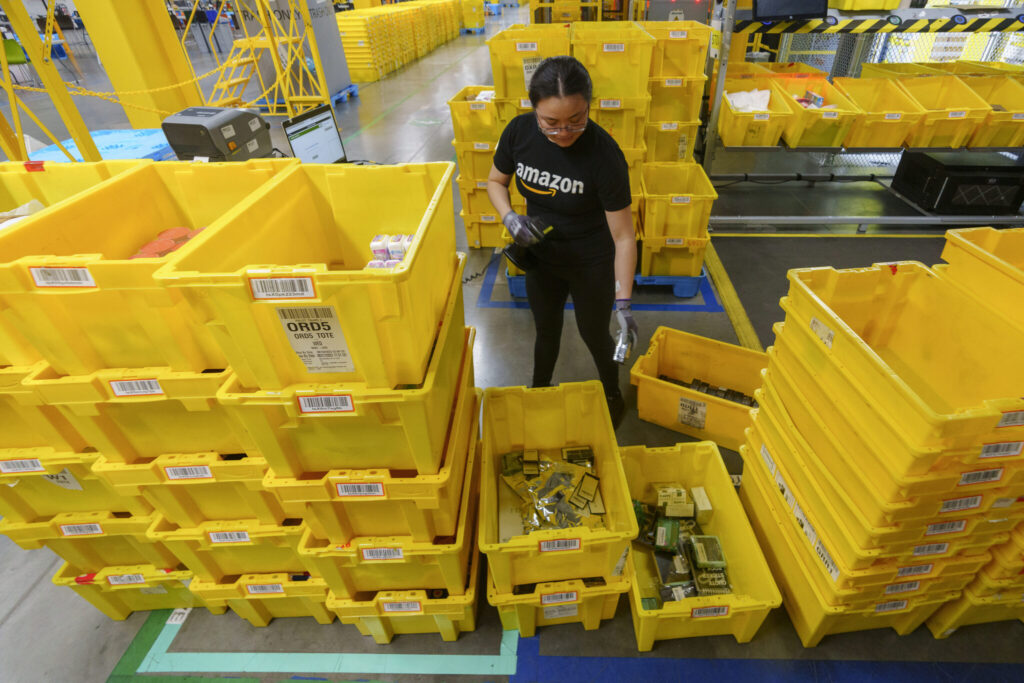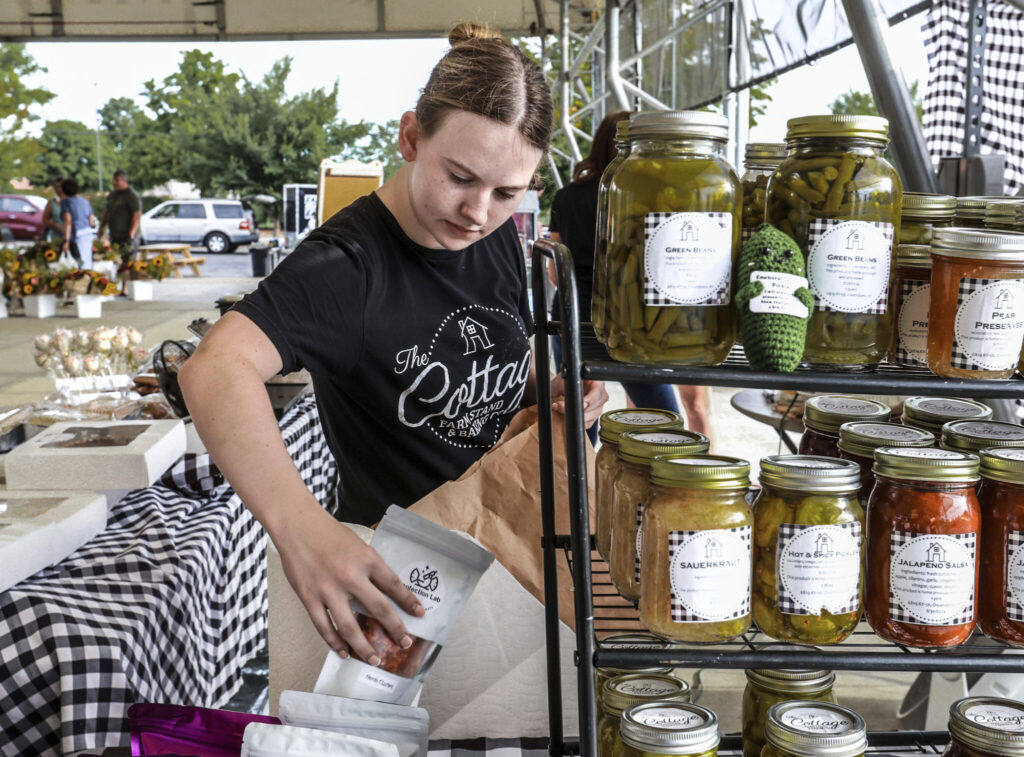U.S. job growth September 2024/ U.S. unemployment 4.1%/ Federal Reserve interest rate cut/ U.S. economy jobs report/ job market resilience/ Newslooks/ WASHINGTON/ J. Mansour/ Morning Edition/ The U.S. economy added a solid 254,000 jobs in September, while unemployment dropped to 4.1%. This stronger-than-expected job growth underscores the labor market’s resilience despite high interest rates, contributing to economic stability ahead of the presidential election.

September Jobs Report Quick Looks
- Strong hiring: The U.S. added 254,000 jobs in September, surpassing expectations and marking a rise from August’s 159,000 jobs.
- Unemployment falls: The jobless rate dropped to 4.1%, down from 4.2% in August.
- Fed response: The Federal Reserve recently cut interest rates to support the job market, signaling confidence in the economy’s resilience.
- Election implications: Despite robust hiring, high inflation remains a concern for voters ahead of the 2024 election.
U.S. Economy Adds 254K Jobs, Defying Recession Fears
Deep Look
In a notable boost to the U.S. economy, employers added a robust 254,000 jobs in September, according to a Labor Department report released Friday. This unexpected increase reflects continued strength in the labor market despite ongoing challenges such as high inflation and rising interest rates. The unemployment rate also saw a slight drop, falling to 4.1%, down from August’s 4.2%.
This surge in hiring exceeded economists’ forecasts and represents a sharp increase from the 159,000 jobs gained in August, signaling that many companies remain confident in the economy’s growth potential. Despite the Federal Reserve’s aggressive interest rate hikes over the past two years, which were designed to combat inflation, the labor market continues to display resilience.
Federal Reserve’s Role
The Federal Reserve’s strategy of raising interest rates was initially feared to push the U.S. economy into a recession. Between 2022 and 2023, the Fed raised interest rates 11 times in an effort to curb inflation. However, despite these hikes, the economy has proven more robust than many expected. The Fed took a significant step last month by cutting its benchmark interest rate for the first time in over four years, a move aimed at easing borrowing costs to support employment and economic growth.
The U.S. economy’s resistance to these pressures suggests that the Federal Reserve has successfully navigated toward a “soft landing,” where inflation is tamed without triggering a recession. Inflation, which had been a major concern, has come down significantly from its peak of 9.1% in June 2022, with consumer prices rising just 2.5% in August compared to the previous year. This progress allowed the Fed to shift its focus toward bolstering the labor market.
Job Market Resilience
While hiring has slowed compared to the booming post-pandemic recovery, the labor market remains stable. Job cuts are still near historic lows, and businesses appear reluctant to lay off workers, even if they are cautious about adding new employees. This dynamic reflects a lingering fear of labor shortages that plagued businesses when the economy rapidly recovered after the COVID-19 pandemic.
At the same time, job openings have gradually decreased, falling from a peak of 12.2 million in March 2022 to 8 million in August 2024. Fewer workers are voluntarily quitting their jobs, signaling that job seekers are less confident about their prospects in a cooling market. This shift has been reflected in reduced job-hopping, which had surged during the pandemic as workers sought higher pay and better conditions.
Despite these signs of caution, September’s job gains suggest that many companies continue to invest in their workforce. Key sectors like services, which account for more than 70% of U.S. jobs, showed notable growth last month, with businesses maintaining confidence in consumer demand. The Institute for Supply Management reported that the U.S. services sector expanded for the third consecutive month in September.
Political Implications
The job market’s strength has become a focal point in the run-up to the 2024 presidential election. While job growth remains steady, many Americans are still frustrated with high prices, which remain 19% above pre-2021 levels due to inflation. Although inflation has significantly cooled, voter dissatisfaction over economic issues could weigh heavily on the election. President Joe Biden’s administration has taken credit for the economy’s resilience, but high prices continue to challenge Vice President Kamala Harris in her bid against former President Donald Trump.
Economic growth, however, remains encouraging. The U.S. economy grew at a robust 3% annual rate in the second quarter of 2024, driven by consumer spending and business investment. While growth is expected to slow, projections indicate the economy expanded at a healthy 2.5% annual pace from July through September.
Challenges and Outlook
Despite the positive job numbers, there are signs that high interest rates have taken a toll on the labor market. Layoffs, while still low, could rise as companies adjust to a slower economic environment. Many employers remain cautious about hiring as borrowing costs remain elevated, and some sectors are feeling the pressure more acutely than others.
Looking ahead, the Federal Reserve is expected to cut its benchmark interest rate further before the end of 2024, potentially by quarter-point reductions. These cuts, along with the continued fight against inflation, could create a more favorable hiring environment for companies.
In the meantime, the job market’s continued stability in the face of economic headwinds provides a sense of optimism. If inflation remains in check and borrowing costs ease, it could lead to sustained job growth, keeping the U.S. economy on a steady path without slipping into recession.







